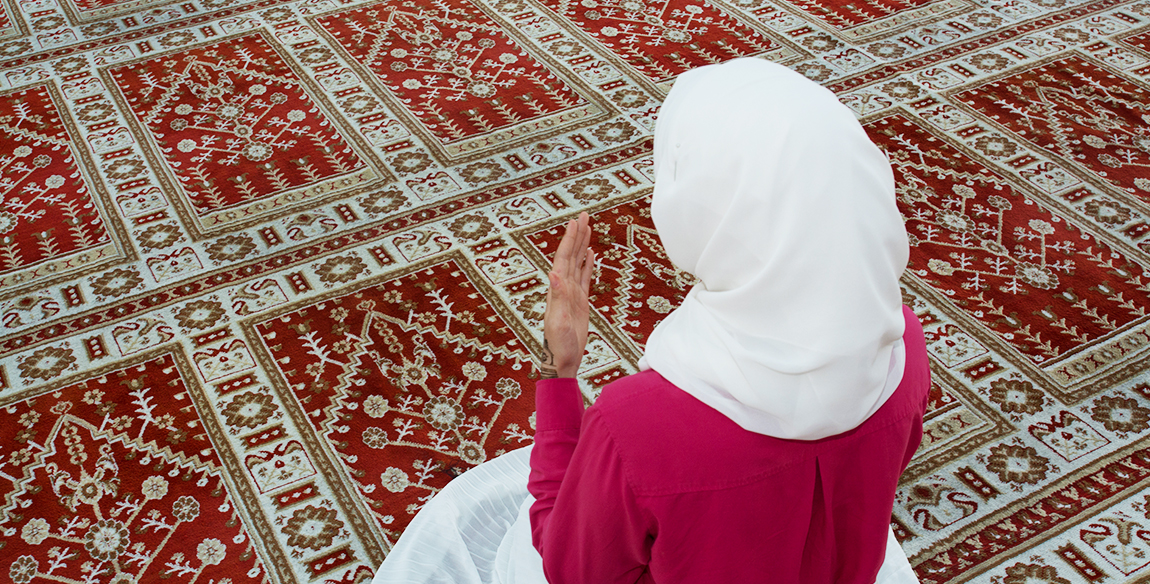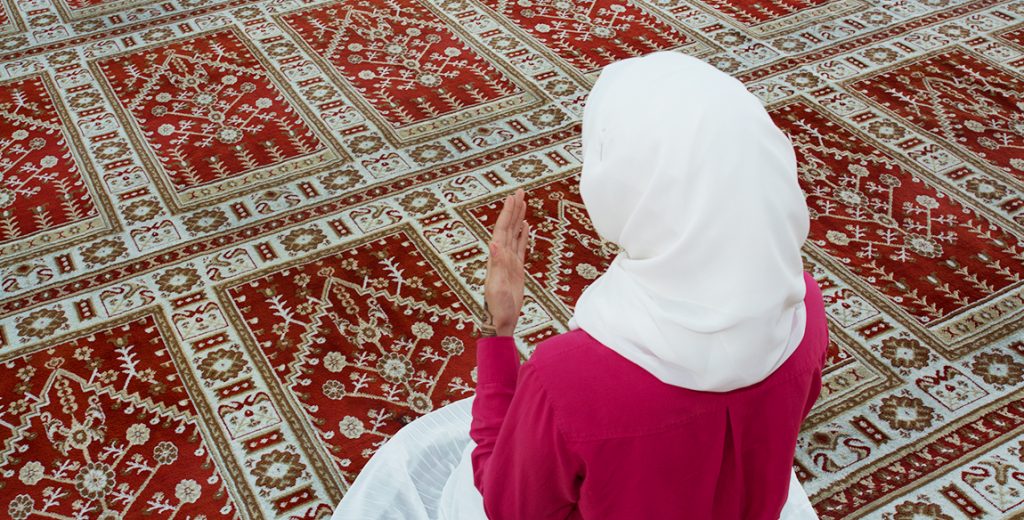Latinos are the fastest-growing segment of the US Muslim population. According to some estimates, there are between 55,000 and 198,000 Latinos practicing Islam in the country. At a time when President Donald Trump has issued a ban on Muslim refugees from seven countries and fortified Border Patrol and Immigration and Customs Enforcement agents, the group has become particularly vulnerable. However, research explaining why many Latinos have converted to Islam or shedding light on the group’s experiences in the United States remains scarce. Hoping to fill this gap, Gastón Espinosa, Professor of Religious Studies at Claremont Mckenna College, conducted the first-ever, large-scale survey research of Latino Muslims.
In the study, published in the Journal of Race, Ethnicity, and Religion in June, Espinosa surveyed hundreds of Latino Muslims throughout the US, asking them questions about conversion and how it has impacted their religious, social, moral and political views, and practices. He conducted the 72-question survey, which was available in English and Spanish, online through SurveyGizmo from September 8 and December 15, 2014.
“No one has ever carried out this kind of nationwide study on Latino Muslims in the United States, especially from a social science and religion and politics perspective,” Espinosa tells Remezcla. “While it is not a national survey of Latino Muslims, it is a survey of 560 Latino Muslims across the nation.”
While cautioning that the results of the survey should not be used to generalize US Latinos, all US Muslims, or all Latino Muslims, Espinosa does hope that his research will allow people to recognize how religiously diverse the Latino community is. Below, we’ve gathered six findings from the study.
1
Most Latino Muslims are women
According to the study, most Latino converts to Islam are women. In fact, 73 percent of survey participants were women, while just 27 percent were men, and many of these ladies are leaders in their community. Latinas like Khadijah Rivera, who in 1988 started Propagación Islamica para la Educación de Ala el Divino (PIEDAD), a support group for Latina converts to Islam in New York, Illinois and Florida, as well as Nylka Vargas, who helped start the annual Hispanic Muslim Day in New Jersey, developed some of the earliest Latino Muslim communities in the country.
2
They tend to be the first in their families to convert
While Espinosa’s research shows presence of Latino Muslims in California in the 1920s and even more in New York in the 1970s, the survey found that as much as 70 percent of Latino Muslims converted after the year 2000, indicating that the development is still fairly new. Even more, 90 percent of participants said that their parents did not practice Islam, making this a largely first-generation movement.
Today, California (19 percent), Texas (15 percent), New York (12 percent), New Jersey (11 percent) and Florida (7 percent) boast the highest populations of Latino Muslims, with the majority identifying as Mexican (31 percent) or Puerto Rican (22 percent).
3
Most were introduced to Islam through a friend
Despite commonly held beliefs that nearly all Latino conversions to Islam come from inter-religious marriages or prison ministries, the Latino Muslim Survey found that most converts, 40 percent, were introduced to the religion through a friend. In fact, just 16 percent of participants embraced Islam because of a spouse and only 4 percent because of a prison ministry, prisoner re-entry or rehabilitation program.
4
Many identify as reverts, not converts
Most Latino Muslims don’t consider their switch to Islam as a conversion (37 percent) but rather a reversion (40 percent). Citing Islamic roots in Spain, many see themselves returning, remembering, or re-embracing this part of their Spanish heritage. This tends to be the case more so for men than women. 48 percent of male participants and 37 percent of female participants describe their embrace of Islam as a reversion.
5
Politically, they largely identify as independent
Latino Muslims tend to be politically engaged. In fact, 74 percent of respondents are registered to vote and 80 percent said they agreed or strongly agreed that Muslims should participate in political campaigns and run for public office in the US. When it comes to political party affiliation, 63 percent identify as independent. This is likely because the group largely leans conservative on moral issues like abortion and same-sex marriage and liberal on social issues like immigration. Overall, when voting, more lean Democrat (34 percent) than Republican (3 percent).
6
Latino Muslims have higher religiosity than the general US Muslim community
Following patterns of new converts, Latino Muslims tend to have higher rates of religiosity than the general Muslim population in the US. For instance, almost half of the Latino Muslims surveyed said they attended mosque or religious services once a week or more, while 40 percent of the general US Muslim population say the same.
Additionally, more than 70 percent of respondents said they prayed every day, which is higher than the general U.S. Muslim population (61 percent).
Despite high religiosity, Latino Muslims tend to be religiously tolerant, with many even believing that non-Muslim “People of the Book,” Christians and Jews, can still go to heaven even if they don’t convert to Islam. Their religious tolerance isn’t entirely surprising considering many of their Latino family and friends continue to be Catholic or Protestant, but it does refute the myth that Latino converts to Islam support radical sectors. In fact, at 91 percent, Latino Muslims overwhelmingly self-identify as Sunni Muslims.




